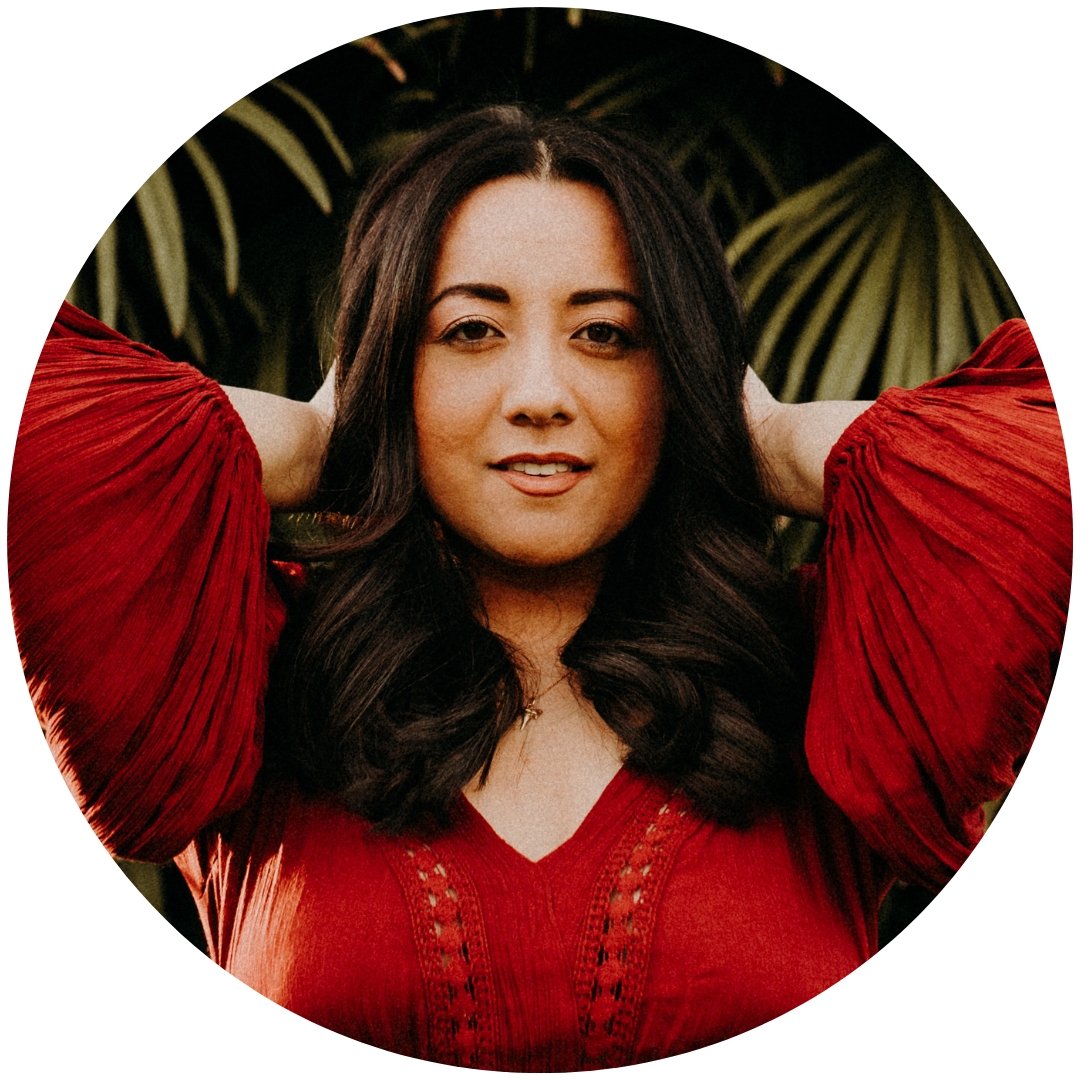Dermalogica Launches "Treating Melanin-Rich Skin" Course to Bridge Gap in Skin Exclusivity
Dermalogica has launched Treating Melanin-Rich Skin, a course for skin therapists and future industry professionals to strengthen their foundational knowledge of understanding and treating melanin-rich skin.
Melanin-rich skin tones are vastly underrepresented in the professional skin care industry’s training and education, with many textbooks featuring models and illustrations with lighter skin tones, and some classes often leaving out skin conditions that are present in darker skin tone variations.
This has contributed to a learning gap that can lead to inequalities in care, from the initial client consultation through skin analysis and treatment. On Jan. 30, Dermalogica launched “Treating Melanin-Rich Skin,” a course for skin therapists and future industry professionals to strengthen their foundational knowledge of understanding and treating melanin-rich skin.
Created by leading Dermalogica experts Charmaine Cooper (Skin Health Equity Expert), Kristina Smith (Training & Development Manager, US), Karon Kelly Fernando (Education Development Specialist, Canada), Direshni Vining (Training Manager, Canada), and Beth Bialko (Director Education Development, US), in partnership with Dr. Alexis Stephens (Dermatologist & Skin of Color Expert), the course offers actionable knowledge that can be taken into practices and treatment rooms instantly to enhance industry professionals expertise.
The course was created by leading Dermalogica experts Direshni Vining, Karon Kelly Fernando, Charmaine Cooper, and Kristina Smith.
“Dermalogica was literally born from the idea that industry education could and should do more to set skin therapists up for success,” says Heather Hickman, VP of Education at Dermalogica. “As the leaders in skin treatment education, we’re driven by our purpose to elevate the industry through advanced education and skill development, and that includes ensuring that every skin professional is confident treating every skin tone.”
The free course will be available in seven languages and is comprised of three self-led modules:
Module one focuses on cultural intelligence (CQ) to strengthen communication and improve the client experience.
The second module delves into the science of melanin and melanin-rich skin structure, exploring how it affects skin conditions such as aging, hyperpigmentation, breakouts, sensitivity, and more. Students will learn how to unlock effective skin treatments for these skin conditions and types of ingredients to use and avoid when treating melanin-rich skin.
The third module addresses advanced skin services, focusing on chemical peels, microneedling, nanoinfusion, dermaplaning, and LED. The curriculum details precautions and contraindications that may be present with melanin-rich skin, guiding the professional on how to perform each of these services successfully.
Kristina Smith is Dermalogica’s Training & Development Manager, US, who helped to develop the course which offers actionable knowledge that can be taken into practices and treatment rooms instantly to enhance industry professionals expertise.
“Understanding the complexities of melanin-rich skin is both a science and an art,” says course consultant and board-certified dermatologist, Dr. Alexis Stephens. “This is a much-needed course and a massive step in the right direction in bridging the gap in skin exclusivity.”
The "Treating Melanin-Rich Skin" Course can be found here. It is open to the professional skin care industry, and currently offered in seven languages: English, German, Spanish, Italian, Vietnamese, French, and Mandarin. A certificate of completion is available to print out or share digitally.
For more information about Dermalogica, visit the website and follow on Instagram: @dermalogica
[Photos courtesy of Dermalogica]
Kamala Kirk is a University of Southern California graduate and has been an editor/writer for more than a decade. She has written for E! Online, Total Beauty, TravelAge West, Malibu Times Magazine, and many more. She resides in Los Angeles and is a proud pug mom. Follow her on Instagram: @kamalakirk




